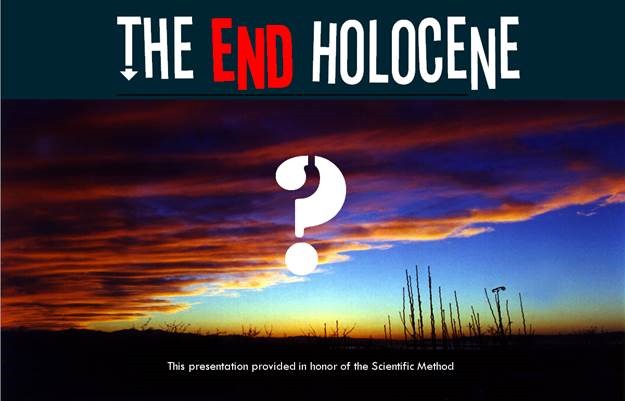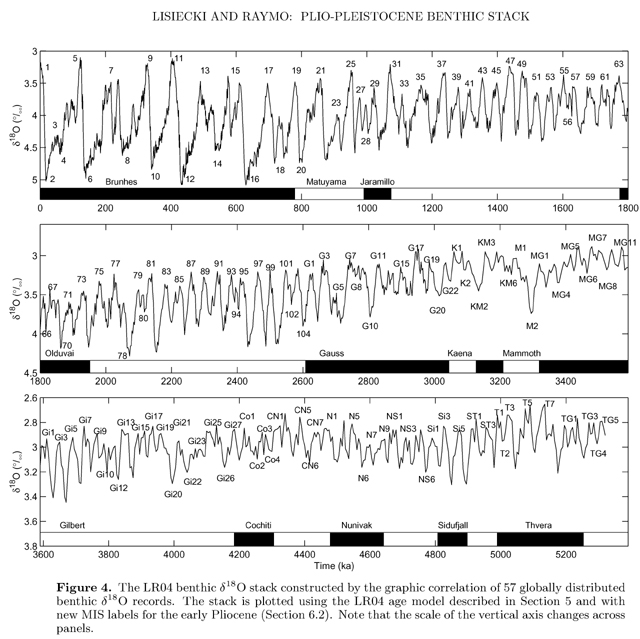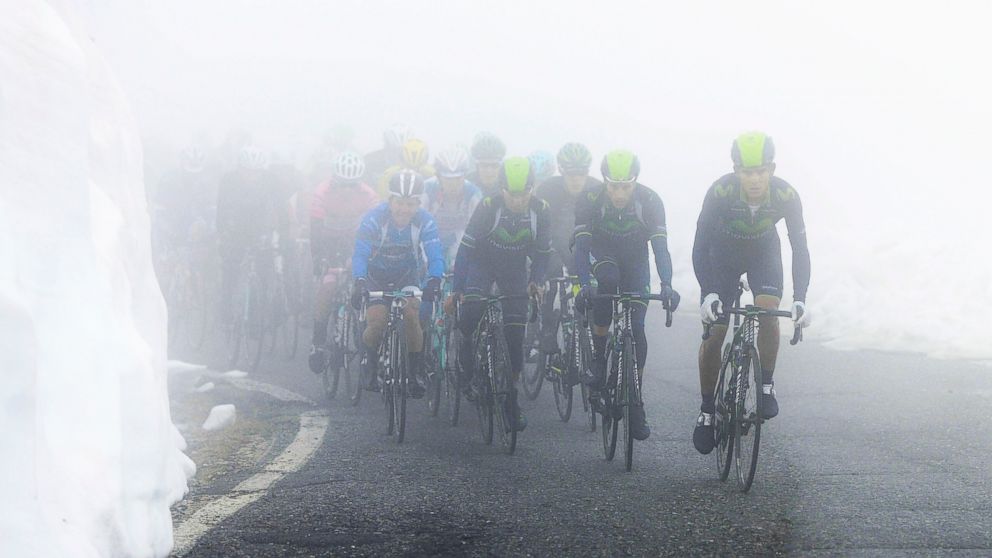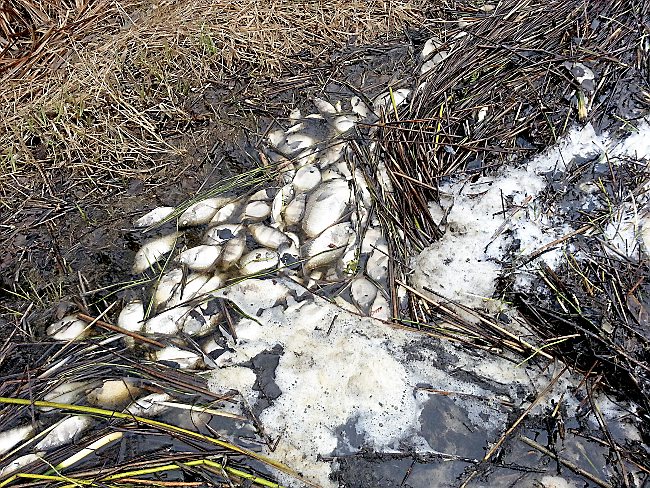
© Uknown
You know, in science, there was once this thing we called the Theory of Multiple Working Hypotheses. Anathema (a formal ecclesiastical curse accompanied by excommunication) in modern climate science. So, in juxtaposition to the hypothesis of future global climate disruption from CO2, a scientist might well consider an antithesis or two in order to maintain ones objectivity.
One such antithesis, which happens to be a long running debate in paleoclimate science, concerns the end Holocene. Or just how long the present interglacial will last.
Looking at orbital mechanics and model results, Loutre and Berger (2003) in a landmark paper (meaning a widely quoted and discussed paper) for the time predicted that the current interglacial, the Holocene, might very well last another 50,000 years, particularly if CO2 were factored in. This would make the Holocene the longest lived interglacial since the onset of the Northern Hemisphere Glaciations some 2.8 million years ago. Five of the last 6 interglacials have each lasted about half of a precession cycle. The precession cycle varies from 19-23k years, and we are at the 23kyr part of the range now, making 11,500 years half, which is also the present age of the Holocene.
Which is why this discussion has relevance.
But what about that 6th interglacial, the one that wasn't on the half-precessional "clock". That would be MIS-11 (or the Holsteinian) which according to the most recently published estimate may have lasted on the order of 20-22kyrs, with the longest estimate ranging up to 32kyrs.
Loutre and Berger's 2003 paper was soon followed by another landmark paper by Lisieki and Raymo (
Oceanography, 2005), an exhaustive look at 57 globally distributed deep Ocean Drilling Project (and other) cores (Figure 1), which stated:
"Recent research has focused on MIS 11 as a possible analog for the present interglacial [e.g., Loutre and Berger, 2003; EPICA community members, 2004] because both occur during times of low eccentricity. The LR04 age model establishes that MIS 11 spans two precession cycles, with 18O values below 3.6o/oo for 20 kyr, from 398-418 ka. In comparison, stages 9 and 5 remained below 3.6o/oo for 13 and 12 kyr, respectively, and the Holocene interglacial has lasted 11 kyr so far. In the LR04 age model, the average LSR of 29 sites is the same from 398-418 ka as from 250-650 ka; consequently, stage 11 is unlikely to be artificially stretched. However, the June 21 insolation minimum at 65N during MIS 11 is only 489 W/m2, much less pronounced than the present minimum of 474 W/m2. In addition, current insolation values are not predicted to return to the high values of late MIS 11 for another 65 kyr. We propose that this effectively precludes a 'double precession-cycle' interglacial [e.g., Raymo, 1997] in the Holocene without human influence."

Figure 1. The past 5 million years of climate from 57 globally distributed sediment cores. (a general definition of an interglacial since the MPT is the oxygen 18/oxygen 16 isotope ratio must drop to 3.6 parts per mil)

